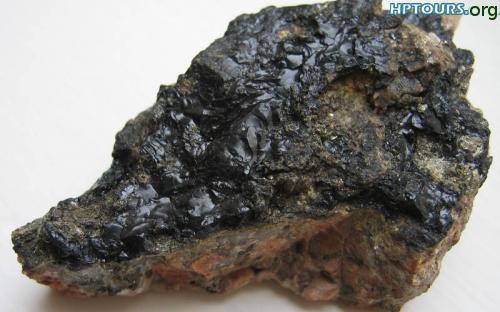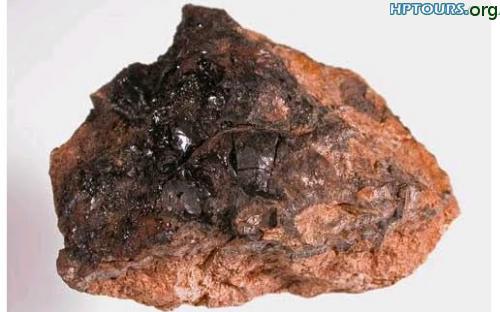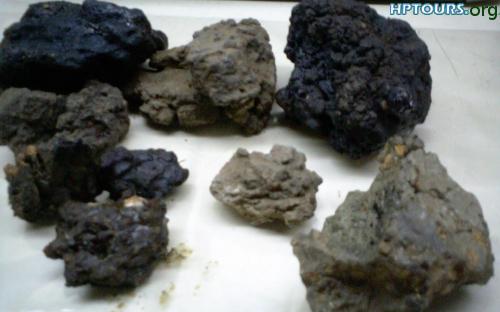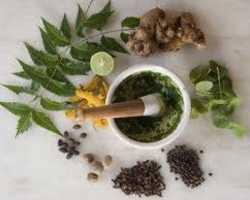Shilajit or Asphaltum is a mineral-based medication which is found oozing from the rocky cliffs. The main source of Shilajit in India is the Himalaya, where the Shilajit is found oozing out from the cracks of rocks in the form of a red to dark brown gummy substance. There are many varieties of shilajit based on different locations etc. Mainly The black form of shilajit is the most commonly used medicinal form. It is also considered as herbo-mineral drug as it is a mass of organic vegetable matter mixed fibres and earth matter. Shilajit is mentioned in many ancient texts and quoted by Sushrutha and Charaka.
INDICATIONS
Where Shilajit works
Cardiovascular
Anemia.
Rakta (vitiation of blood).
Reduces blood sugar.
Dermatological complaints and parasitic diseases of the skin, leprosy etc.
Endocrinology, reproductive system, obstetrics/ gynecology, prostate
Sexual debility, vitality, infertility.
Menstrual disorders.
Post partum health.
Thyroid disfunction.
Gastrointestinal
Digestive troubles.
Vomiting.
Piles or hemorrhoids.
Parasitic infestation.
Edema.
Hematology, lymphatic, cancer
Spleen enlargement.
Weakness, debility, immunomodulator.
Liver and gallbladder functioning like jaundice, gallstones, ascites etc.
Nervous diseases, Anti-Stress, epilepsy, insanity.
Respiratory system: Dyspnea, bronchitis, asthma.
It is also used for obesity, rheumatological problems, arthritis, etc.
Used in proper metabolic functioning also.
OTHER USES:
It is having a property called ÔÇ£YogawahiÔÇØwhich means that it enhances the properties of other herbs. It acts as a catalytic agent for promoting the action of the other tonic agents. Geriatric tonic and rejuvenating property.
AYURVEDIC ENERGENICS
The Caraka Samhita (Hindi) gives the ayurvedic energenics for each type of shilajit as summarized below:
Rasa (Taste): Astringent, pungent, bitter, salty.
Anu-rasa (after taste): Astringent.
Virya: Neither hot nor very cold.
Vipaka (post digestive effect): Pungent.
Tissues and Systems: Shilajit effects the nerve and reproductive tissues and the urinary, nervous and reproductive systems, endocrine system, affects all tissue systems, It also strengthens agni (digestive fire) and reduces ama (toxins).
Actions: Herbal actions are alterative, diuretic, lithotriptic, antiseptic, tonic, rejuvenative Other actions include anodyne, anthelmintic and blood sugar reducer. It also has a laxative effect and has absorbing and purifying (chhedana) properties.
Overall indication: Aphrodisiacal properties, chest problems, diabetes mellitus, nervous disorders, obesity, vigor and vitality.
DOSAGE AND ADMINISTRATION:
In ancient books different modes of usage is mention such as.
According to the Caraka Samhita shilajit rasayana is described where shilajit is immersed into a hot decoction of herbs that are prescribed for alleviating the aggravation of dosha. This process is repeated for seven days and processed shilajit is mixed with powdered iron.
Administered with milk this elixir brings long life and happiness and prevents aging and disease.
Administration of 48 gm for seven weeks is said to have excellent effects.
According to the Astanga Hrdayam the minimum, moderate and maximum dosage is mentioned.
Shilajit is important for edema, particularly in weak types, 1-2 grams twice a day with water or milk.
The dose of shilajit is usually quite low at around 125-250mg twice per day. However, in diabetes, it has been recommended in much higher doses such as 1 g twice per day.
Shilajit mixes well with ashwagandha for seminal debility and with gokshura as a urinary tonic.
For the treatment of both male and female infertility, it can be taken in unusually high doses of 1 tsp twice per day.
For men combine with ashwagandha and for women with shatavari.
Urinary complaints
Consider shilajit in all urinary disorders.
CONTRAINDICATIONS
Should not be used with a heavy diet. (Milk is an exception to the rule)
Some physicians prohibit the use of horsegram while using shilajit.
Non vegetarian food is not taken while taking shilajit.
Solanum nigrum, (black nightshade) is contraindicated.
Do not use with high uric acid count.
Although shilajit is used to treat kidney stones, use caution if the stones are made of uric acid or if uric acid crystals are in the urine as uric acid increases with the administration of shilajit.
Hence, shilajit is contraindicated in gouty arthritis.
Shilajit may be utilized safely in clinical practice because shilajit is reported to be quite safe up to a dose of 3 g/kg.
Note:
Shilajit is used in many classical medicine preparations and proprietary medicines. Many people who sell shilajit in raw may be fake. Ideal shilajit should be used in purified form only. So, one should purchase pure shilajit which having license to sell the product.
--
















Comment with Facebook Box